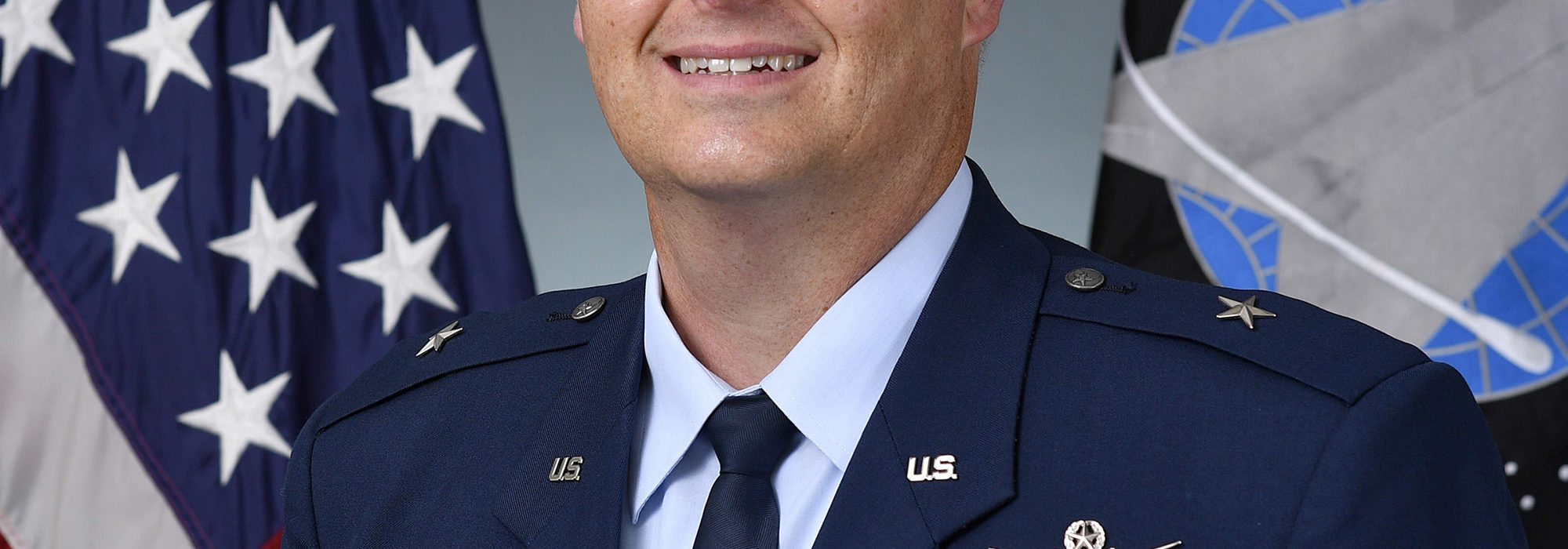The Space Force confirmed that it will reorganize space acquisition and space policy authorities starting Oct. 18 in an effort to streamline decision-making in line with Air Force Secretary Frank Kendall’s plan announced in August.
As first reported by Breaking Defense on Oct. 15, the Department of the Air Force described a plan to break out space policy from the as-yet unnamed space acquisitions chief. The move would reduce the number of personnel required to sign off on policy decisions by transferring space policy to the Chief of Space Operations and the Secretary of the Air Force.
In August, Kendall described his plan to consolidate the Space Acquisition Directorate from the Office of the Assistant Secretary of the Air Force for Acquisition, Technology, and Logistics, or SAF/AQ, into a new organization, Space Acquisition and Integration, or SAF/SQ. Space acquisition policy remains within SAF/SQ, while broader space policy moves to Space Force and responsibility for international affairs shifts to the deputy undersecretary of the Air Force for international affairs, or SAF/IA.
Kendall in August named Brig. Gen. Steven P. Whitney to head the space acquisitions office until an assistant secretary for space acquisition and integration is named. Whitney has managed the reorganization pending the appointment of that new civilian leader.
Congress has for months railed against the slow pace of space acquisitions reform and the absence of a civilian chief. In a July report, the House Appropriations Committee claimed the Air Force was dragging its feet.
“The committee remains concerned that the Air Force has not taken more aggressive action in addressing long-standing space acquisition issues,” the report read.
Lawmakers also said the Air Force had “made little progress in defining what the Space Force will be doing that is fundamentally different than when it was a component of the Air Force.”
On Sept. 20 at the Air Force Association’s Air, Space & Cyber (ASC) Conference, both Kendall and Chief of Space Operations Gen. John W. “Jay” Raymond expressed confidence in the reorganization of space acquisition, even though an assistant secretary had not yet been named.
“We’re actually interviewing people right now for the space acquisitions assistant secretary position,” Kendall said at the ASC media briefing, foreshadowing the office reorganization and personnel movement. “So, it’s moving forward. I’m reasonably happy with the pace.”


